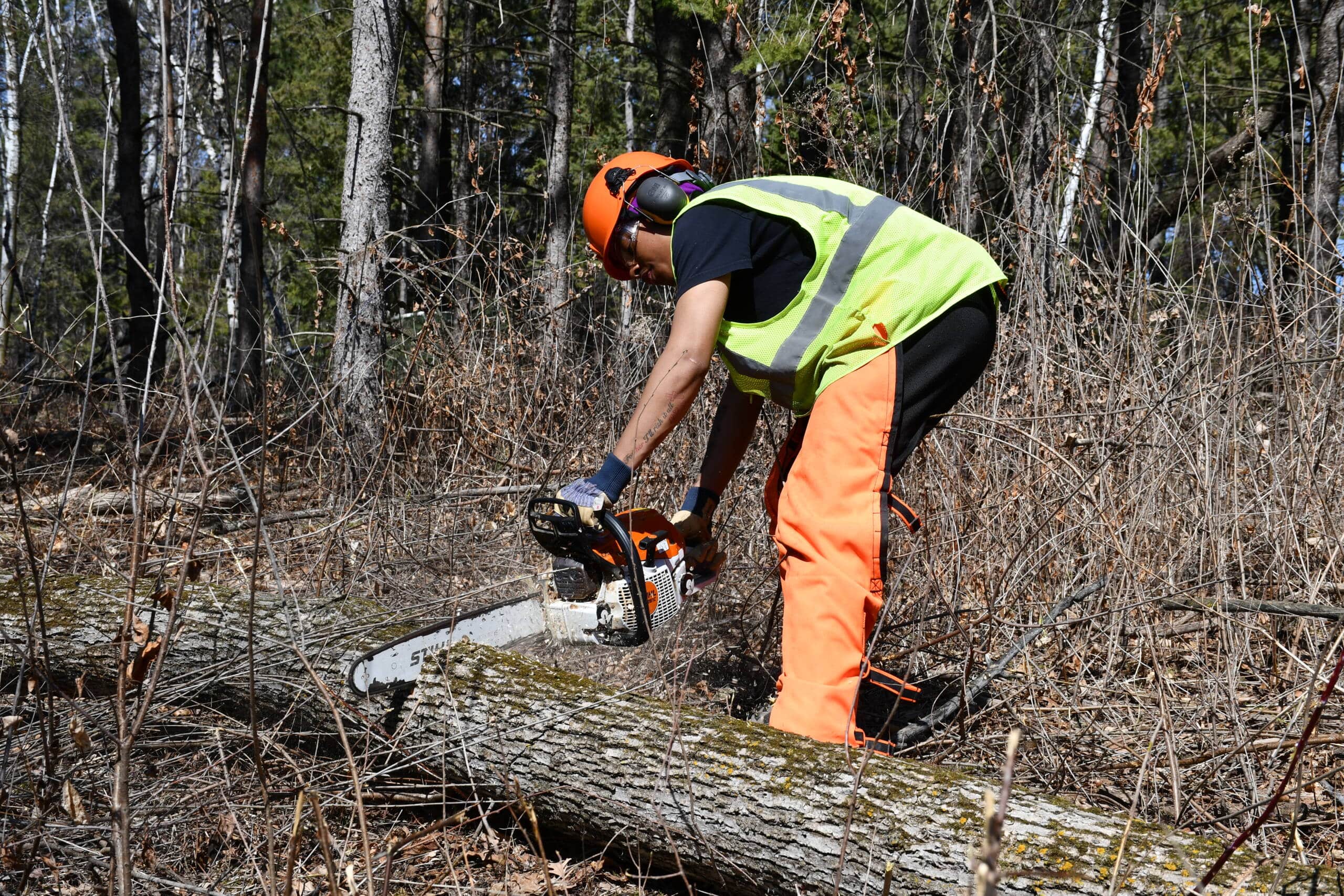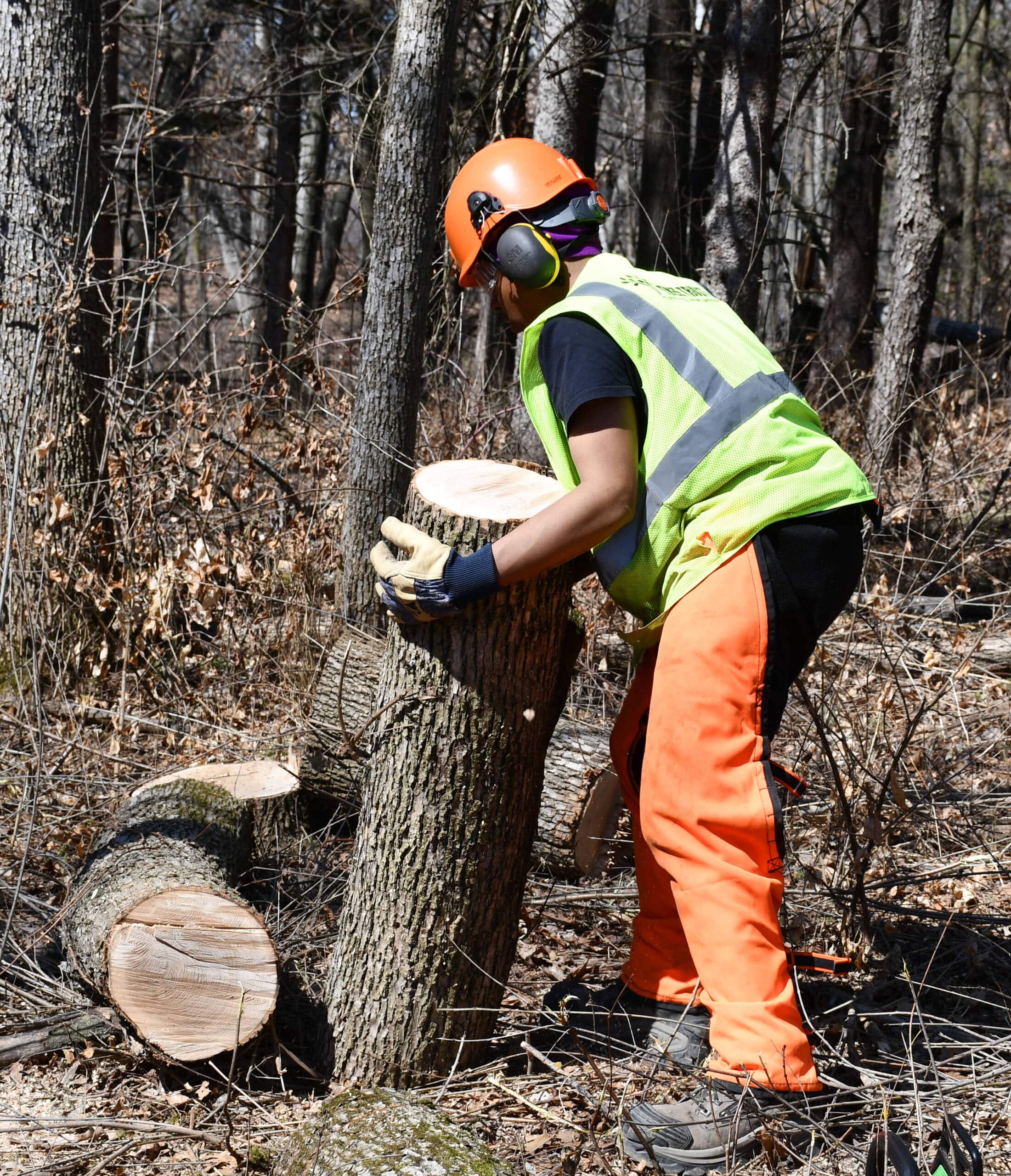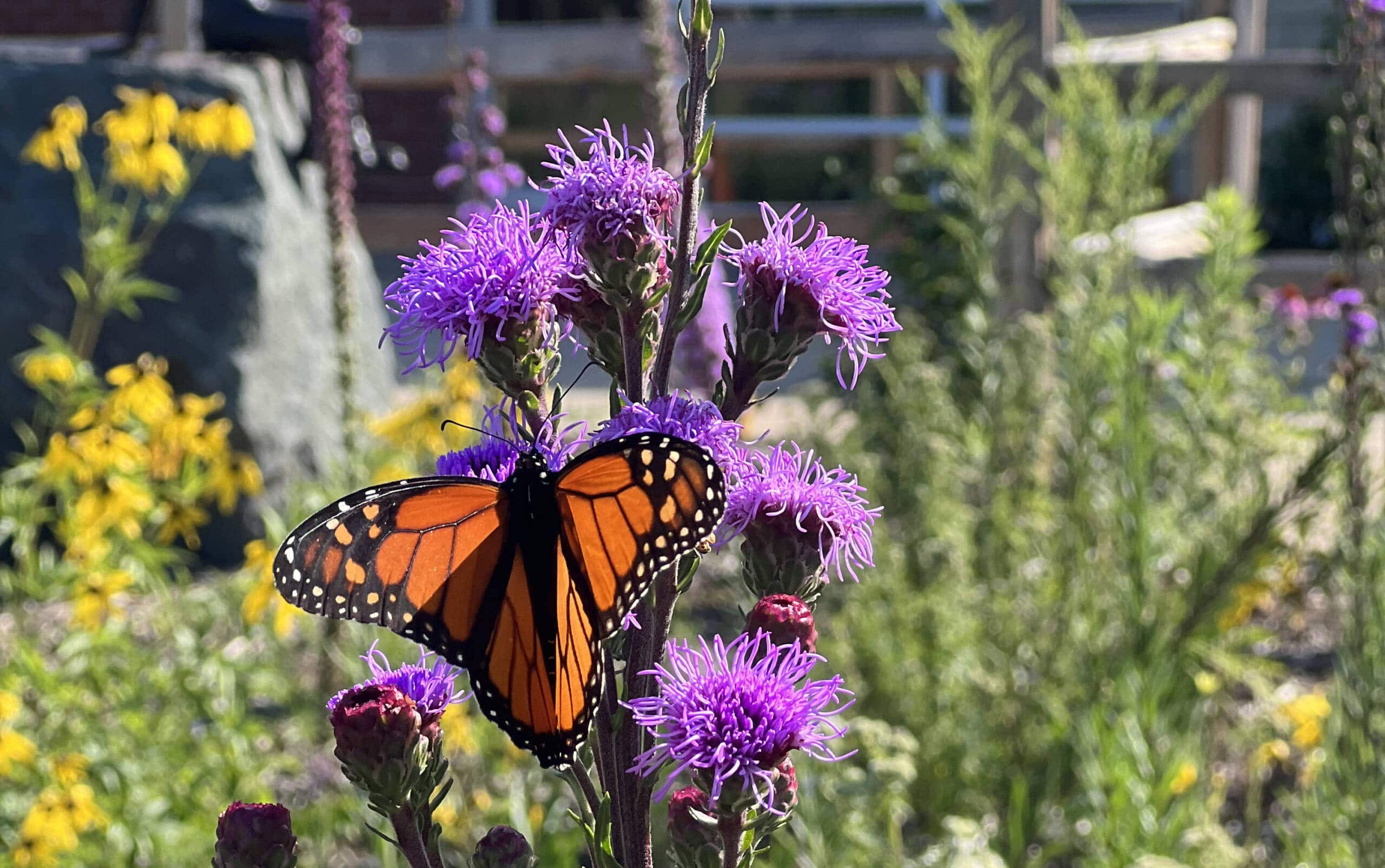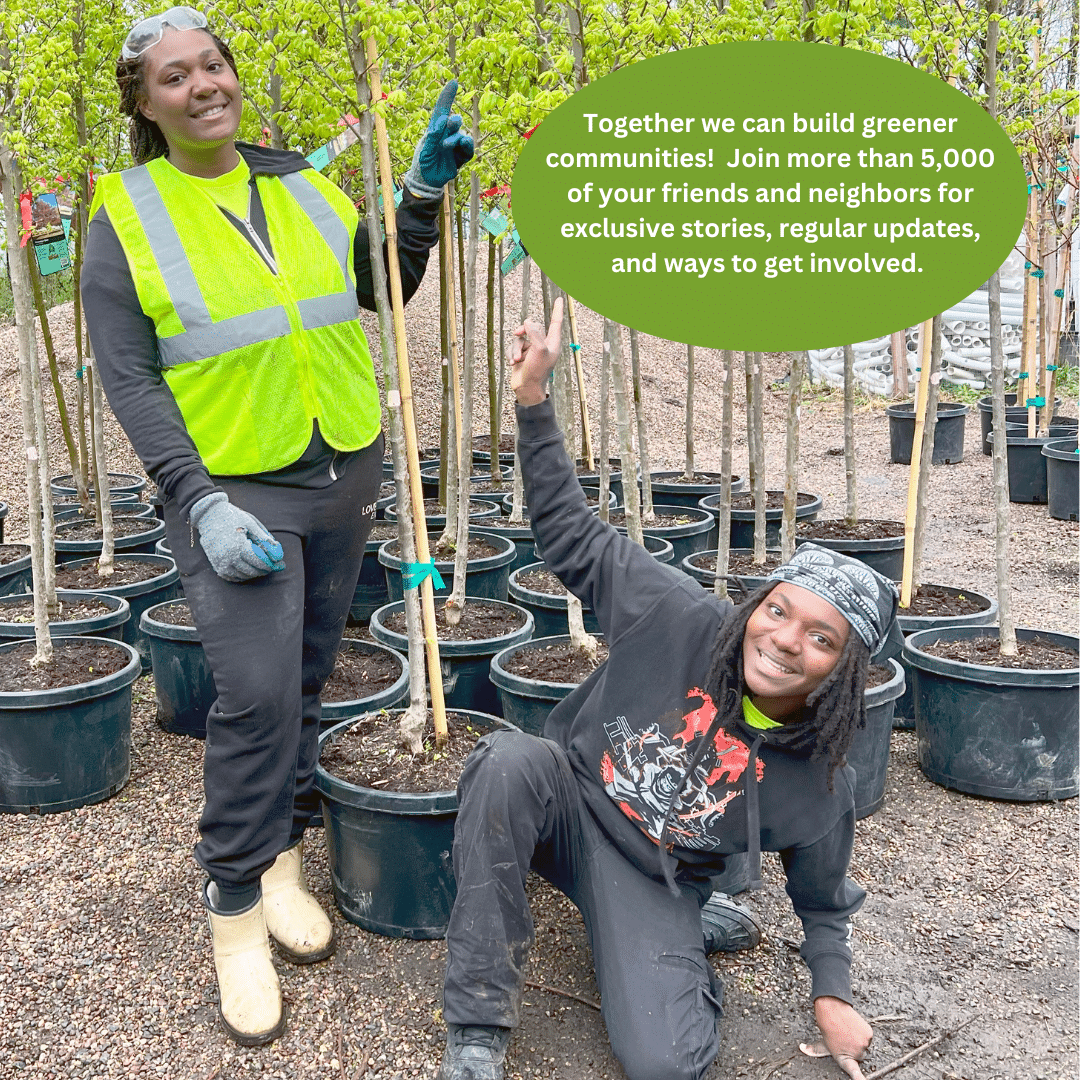
Park Restoration: Maintaining Our Urban Forest
The roar of chainsaws and the sight of felled trees in a cherished community park can be unsettling. With the emphasis on planting trees and the benefits they bring, many wonder: Why are trees being removed?
It’s a question our crews hear often while working in the field. The answer lies in forest health. By thinning overcrowded areas and removing diseased or invasive trees, we create space for the remaining trees to thrive, ensuring a stronger, more resilient urban forest for generations to come. Right now, Tree Trust Branches crews are felling invasive black locust, Siberian elm, poplar, and boxelder trees in Battle Creek Regional Park. This work helps to ensure the health of the old-growth oaks and to restore the park’s native prairie.
Beautifying Battle Creek Regional Park
Tree Trust is excited for the opportunity to beautify Battle Creek Regional Park in Saint Paul. Our participants receive paid training while working with expert trainers to learn how to safely fell trees and process the wood for easy clean-up. By selectively removing certain trees, our crews help ensure the park’s healthiest trees grow stronger with better access to sunlight and space, and dead or dying trees will not pose a risk to community members enjoying the park. Ash trees infested with the invasive pest emerald ash borer are notoriously brittle and can easily fall.

A Brief History
Nestled just outside Interstate 94 and the Sunray Shopping Center, Battle Creek Regional Park is a natural sanctuary spanning 1,840 acres of woods, wetlands, and grasslands. This diverse habitat supports a stunning variety of wildlife, from graceful herons and egrets wading in the wetlands to foxes and deer weaving through the trees. Hawks circle overhead, keeping watch over the thriving ecosystem below. The park’s extensive trail system invites visitors to immerse themselves in this natural beauty, offering a rare glimpse of Minnesota’s rich plant and animal communities within minutes of city life. The park was named after an 1842 tribal battle. Learn more about the history of Battle Creek Regional Park, here.
Clearing Space for Greener Futures
As part of Tree Trust’s commitment to environmental stewardship, our team supports tree removal efforts while city contractors carry out prescribed burns to eliminate invasive plant species. Together, these actions mimic the natural role of wildfire in forest ecosystems. According to the U.S. Forest Service, “Periodic, low-intensity fires are essential to maintaining healthy forests—a centuries-old forest management practice carried out by Native American tribes.”

These combined efforts are key to restoring the prairie at Battle Creek Regional Park. This habitat restoration will support endangered pollinators, including Minnesota’s state butterfly, the Monarch, and our state bumblebee, the Rusty-Patched Bumblebee.
While the sound of chainsaws and the sight of workers in orange vests may seem disruptive, they are part of the natural cycle of caring for our urban forests. Just as nature grows, changes, and renews itself, maintaining a healthy forest requires both planting and careful removal. Tree Trust is proud to help preserve Battle Creek Regional Park, ensuring that future generations can walk its trails, observe its wildlife, and enjoy its natural beauty for years to come. Learn more about the work of Tree Trust’s Branches program, here.


